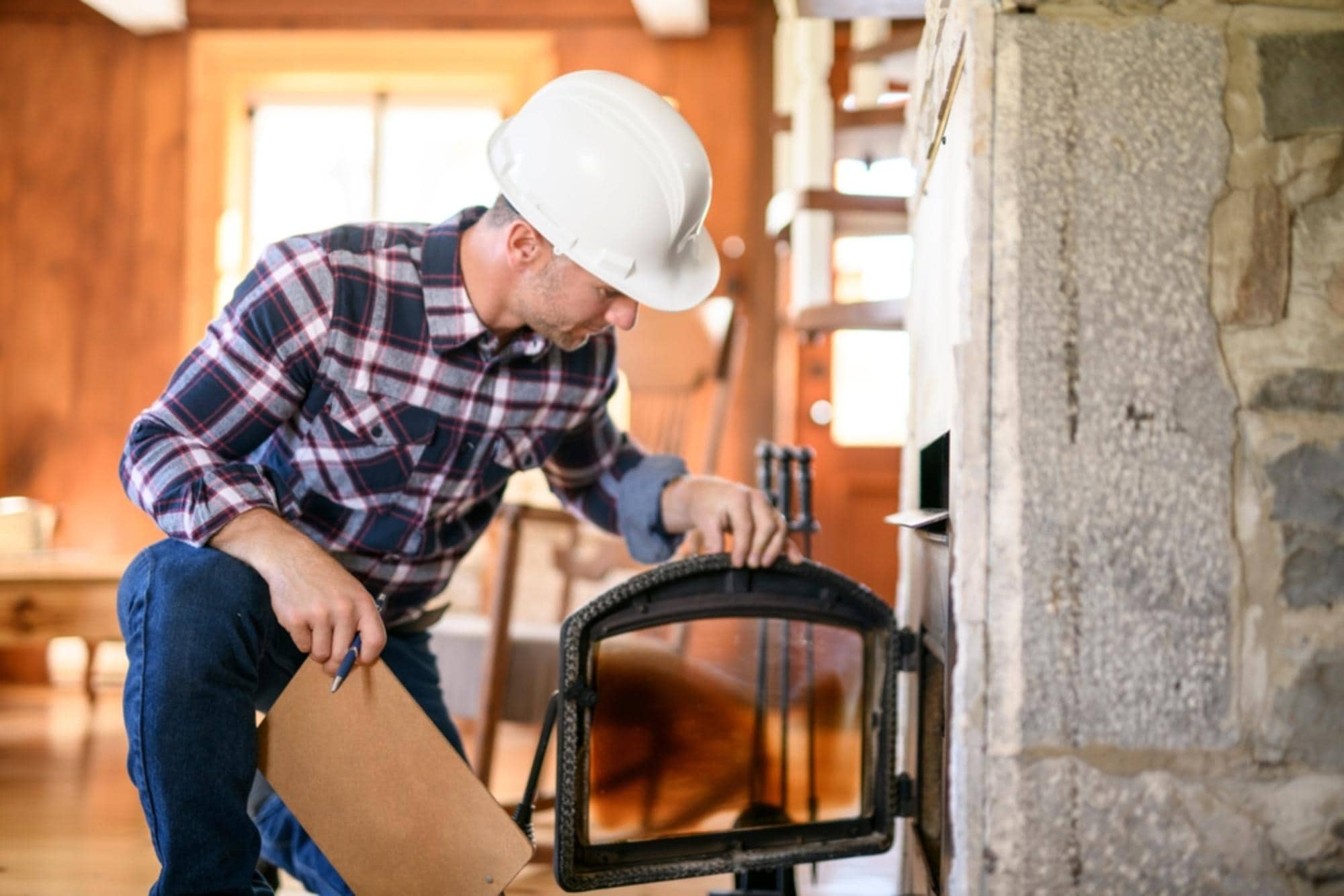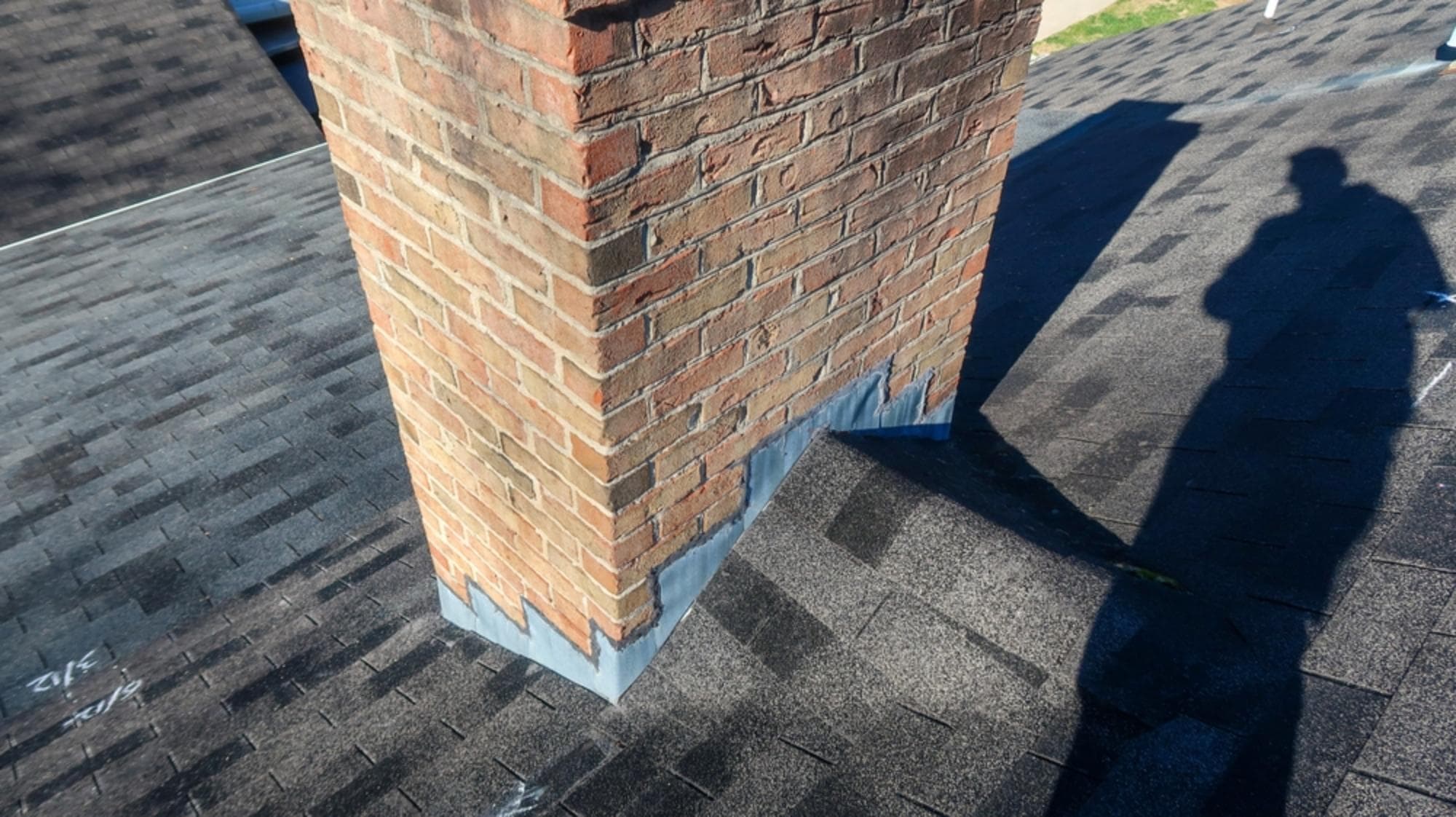Professional chimney inspection in Smith Hill protects your family from deadly carbon monoxide and prevents house fires that start in neglected chimneys.

Hear from Our Customers

You shouldn’t have to wonder if tonight’s fire will be your last. When your chimney works properly, you get consistent heat, clean air, and zero worry about carbon monoxide creeping through your home while you sleep.
Professional chimney inspection catches what you can’t see. The creosote that turns cozy fires into fire hazards. Tiny cracks letting deadly gases seep into bedrooms. Blockages making your system work harder and cost more.
After our inspection, you know exactly where you stand. No hidden dangers. No nasty surprises. Just the confidence that comes when a professional confirms your system won’t put your family at risk.
Above and Beyond Chimney understands what Smith Hill homeowners face. Your neighborhood’s historic charm comes with older chimney systems that need expert attention to stay safe.
Those beautiful Federal-style homes and Queen Anne residences built before 1940? They’re architectural treasures that require specialized knowledge to maintain properly. Rhode Island’s brutal freeze-thaw cycles stress these older systems in ways that newer construction never experiences.
We’re not some fly-by-night operation from three towns over. We’re part of Providence County, which means when you need us again next year, we’ll still be here. Your neighbors trust us because we understand both the local housing and the safety concerns that come with New England winters.

We start at your firebox and work our way up to the chimney cap, checking every component that affects your safety. Flue liner condition, creosote levels, structural integrity, proper ventilation—everything that determines whether your system operates without putting your family at risk.
When we find something, we show you exactly what we’re looking at and explain why it matters. No technical mumbo-jumbo. No scare tactics. Just straight talk about what’s working and what isn’t.
You get a detailed report covering everything we found, plus clear recommendations for any work needed. If your system passes with flying colors, you have the documentation to satisfy insurance requirements and the peace of mind to enjoy your fireplace all winter long.

Ready to get started?
Every inspection covers your flue liner, chimney crown, cap condition, and structural integrity. We check for creosote buildup, animal intrusion, and proper airflow—the things that determine whether your next fire stays safely contained.
Smith Hill’s older homes get special attention. We look closely at mortar joints and brick condition where decades of weather have taken their toll. Living near I-95 means we also check for vibration damage that can loosen connections over time.
Our inspection meets NFPA standards and satisfies homeowner insurance requirements. You get the documentation you need while ensuring your family’s safety isn’t compromised by problems that only show up when it’s too late to prevent disaster.
